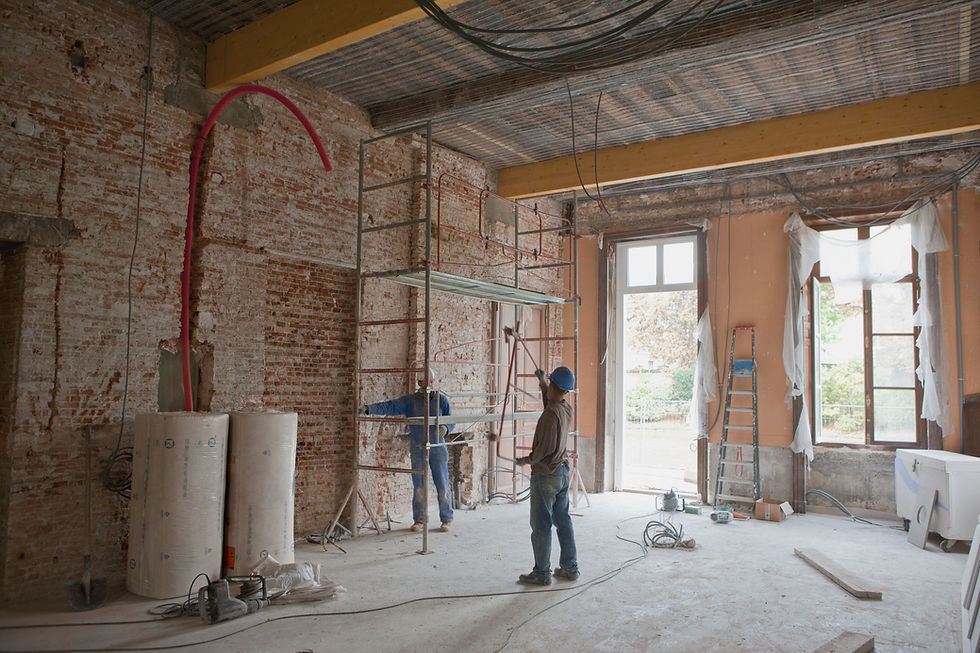"The Evolution of Our Built Environment: A Closer Look at Change and Innovation"
- Mikel T
- Mar 22, 2024
- 2 min read
Updated: Aug 7, 2024
Ever wonder about how our real estate built environment evolves?
The built environment, specifically as it relates to real estate, evolves through a combination of of factors such as market demand, economic conditions, technological advancements, and changes in social preferences. Here are some key factors that contribute to the evolution of the built environment:
Market Demand: Real estate development is driven by market demand for various types of properties, including residential, commercial, industrial and mixed-use. Developers respond to market trends and consumer preferences by creating new properties or redeveloping existing ones to meet the evolving demand.
Economic Conditions: Economic factors such as interest rates, employment rates, and overall economic growth, significantly influence the real estate market. During periods of economic expansion, there is typically increased construction and development activity. Conversely, during economic downturns, the real estate market may experience a slowdown or decline.
Technological advancements: Technological advancements play a crucial role in shaping the built environment. Innovations in contruction techniques, materials, and design software enable the creation of more efficient, sustainable, and technologically advanced buildings. For example, the adoption of smart home technology and energy-efficient systems have become increasingly common in new developments.
Sustainability and Environmental Considerations: With growing concerns about climate change and environmental sustainability, the real estate industry has witnessed a shift towards more sustainable and eco-friendly practices. This includes the construction of green buildings, the integration of renewable energy systems, and the implementation of sustainable design principles.
Urbanization and Population Growth: Urbanization and population growth drive the need for new infrastructure, housing, and commercial spaces. As cities expand, there is a continuous demand for the development of new properties and the revitalization of existing ones to accommodate the growing population and support economic activities.
Social and Cultural Changes: Social and cultural changes also influence the evolution of the built environment. Changes in lifestyle preferences, demographic shifts, and evolving work patterns impact the demand for different types of properties. For example, the rise of remote work has led to a greater emphasis on home office spaces and co-working environments.
Government Regulations and Policies: Government regulations and policies, such as zoning laws, building codes, and urban planning initiatives, play a significant role in shaping the built environment. These regulations aim to ensure safety, promote sustainable development, and guide the allocation of land for different purposes.
Overall, the built environment in real estate is a dynamic and ever-evolving system that adapts to market forces, economic conditions, technological advancements, sustainability considerations, urbanization, social changes, and government regulations. It reflects the needs and aspirations of individuals, businesses, and communities as they evolve over time. At Stöcke + Ziegel we are dynamic, flexible, and ever evolving as we adapt our business to the community's demands of real estate. Give us a call today to discuss your real estate development vision


댓글